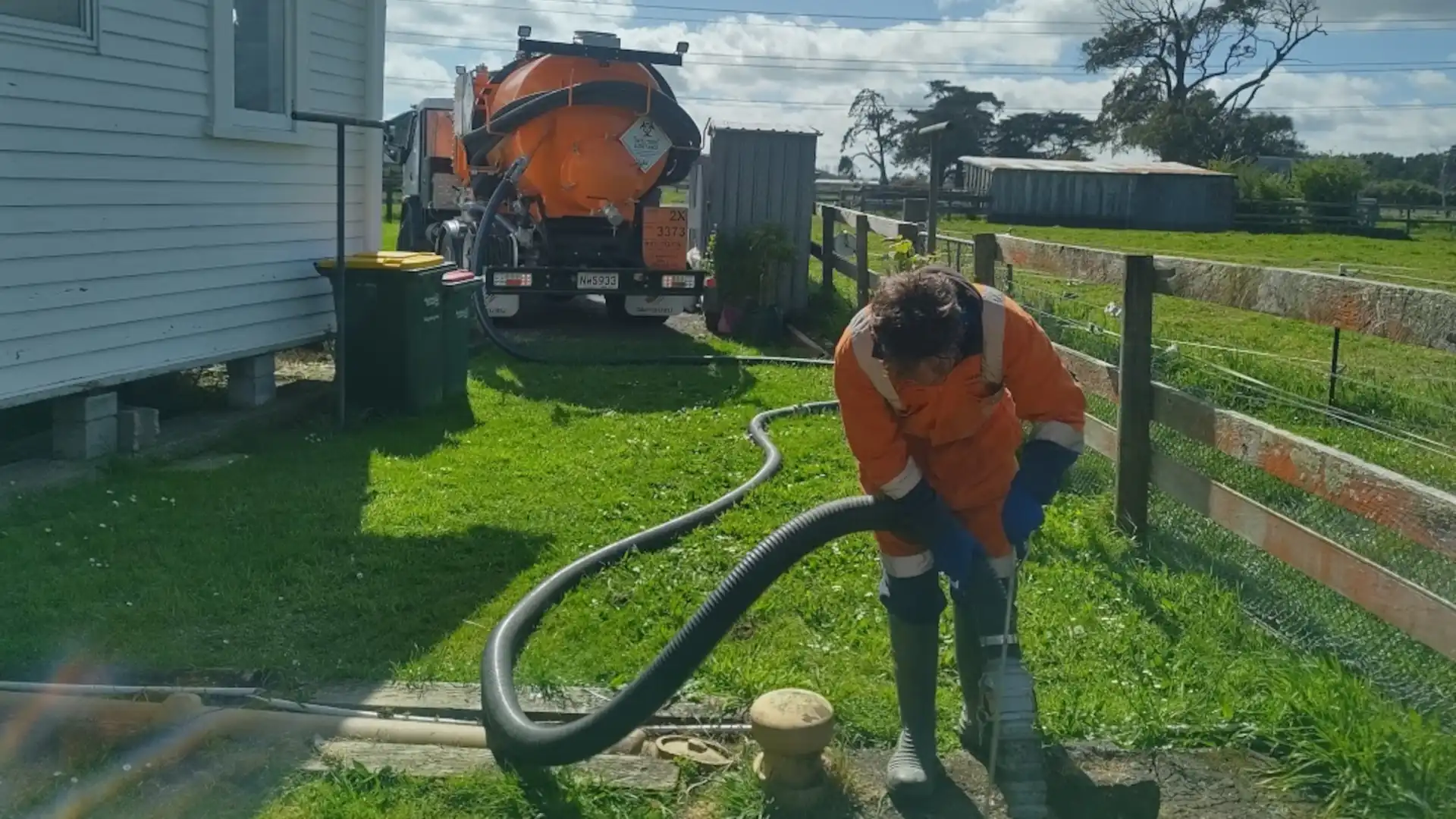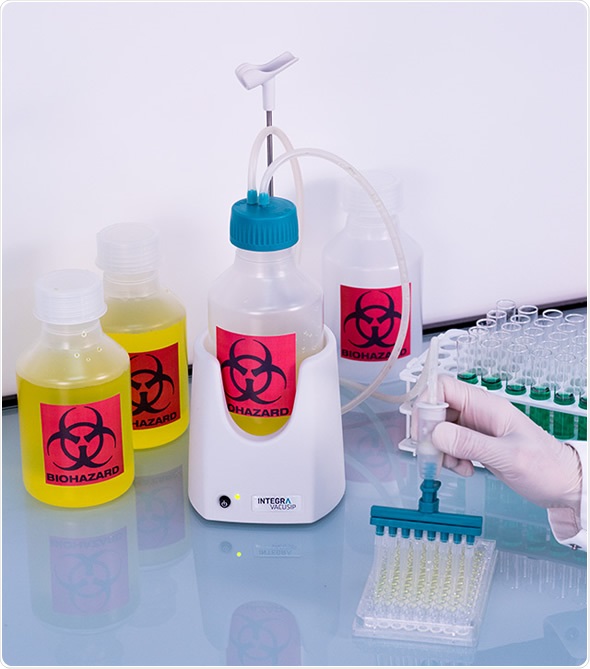Top Liquid Waste Disposal Melbourne: Trusted Solutions for Correct Waste Administration
Top Liquid Waste Disposal Melbourne: Trusted Solutions for Correct Waste Administration
Blog Article
Just How Fluid Garbage Disposal Works: A Detailed Introduction of Methods and Technologies Employed

Review of Liquid Waste Kind
The complexity of fluid waste types demands a complete understanding of their features and ramifications for disposal. Liquid waste can broadly be categorized into numerous kinds, including commercial, community, farming, and contaminated materials. Each classification shows distinct residential properties, needing details management strategies to alleviate ecological and health and wellness threats.
Industrial liquid waste originates from producing procedures and usually consists of a variety of pollutants, such as heavy steels, solvents, and organic compounds. Municipal fluid waste, mainly comprising wastewater from houses and industrial facilities, contains natural issue, nutrients, and microorganisms (industrial wastewater treatment). Agricultural fluid waste, consisting of drainage from ranches, might have plant foods, pesticides, and animal waste, posturing risks to water quality and ecosystems
Unsafe fluid waste is identified by its poisoning, reactivity, or potential to trigger injury. This group includes substances like acids, bases, and specific chemicals that demand strict handling and disposal methods. Recognizing these diverse liquid waste kinds is critical for establishing reliable disposal methods and making certain conformity with environmental policies. Proper classification and characterization are essential for applying ideal therapy techniques and decreasing the damaging influence on public health and wellness and the environment.
Physical Therapy Methods

Testing is the first step, where larger fragments and debris are eliminated from the fluid waste using screens or grates. In sedimentation storage tanks, heavier particles resolve at the base, developing a sludge layer, while the made clear fluid can be more dealt with.
Filtering is an additional essential approach that involves passing the fluid with porous products, such as sand or membranes, to catch smaller particles. This step enhances the quality of the fluid, making it suitable for subsequent treatment processes.
Chemical Therapy Strategies
Chemical treatment techniques are important for properly handling fluid waste, particularly in resolving dissolved and colloidal pollutants that physical approaches may not appropriately get rid of. These techniques use various chemical representatives to reduce the effects of, speed up, or change hazardous substances into much less harmful forms.
One typical method is coagulation and flocculation, where chemicals such as alum or ferric chloride are contributed to promote the aggregation of put on hold bits. This procedure improves sedimentation, permitting easier elimination of the resulting sludge. Additionally, oxidation processes, utilizing agents like chlorine or ozone, are utilized to break down complicated organic substances and virus, rendering the waste more secure for discharge or further treatment.
Neutralization is an additional important technique, which adjusts the pH of acidic or alkaline waste streams to neutral degrees, avoiding possible damage to downstream systems and the atmosphere. Furthermore, advanced oxidation processes (AOPs) utilize combinations of oxidants and ultraviolet light to weaken consistent toxins, attaining a greater degree of therapy effectiveness.
Biological Treatment Processes
Organic treatment processes play an important duty in the monitoring of liquid waste by using microorganisms to disintegrate raw material and lower impurity degrees. These procedures can be extensively categorized into cardio and anaerobic therapies, each utilizing certain microbial communities to achieve reliable waste destruction.
Aerobic therapy involves using oxygen to promote the failure of organic materials by germs. This process is generally carried out in turned on sludge systems, where oygenation containers offer a favorable setting for microbial development, causing the oxidation of organic pollutants. The resultant biomass can be divided from dealt with effluent through sedimentation.
On the other hand, anaerobic treatment occurs in the lack of oxygen, relying upon various bacteria to break down raw material. This approach is especially beneficial for high-strength waste, as it generates biogas, a renewable resource resource, while decreasing sludge manufacturing. Technologies such as anaerobic digesters are often employed in municipal and industrial applications.
Both cardio and anaerobic organic therapies not only decrease the environmental effect of fluid waste but likewise help with resource healing, making them important components of sustainable waste monitoring methods. Their versatility, efficiency, and performance support their extensive application across various fields.
Arising Technologies in Disposal
Innovative techniques to fluid waste disposal are quickly progressing, driven by developments in modern technology and a raising emphasis on sustainability. Amongst these arising technologies, membrane bioreactors (MBRs) have have a peek at this website actually obtained grip for their capacity to integrate organic treatment with membrane layer filtering, causing high-quality effluent that can you could look here be recycled in numerous applications. MBRs allow smaller impacts and a lot more effective procedures compared to traditional systems.
Another promising development is the usage of anaerobic digestion incorporated with nutrient recovery innovations, which not just treats fluid waste yet likewise creates biogas and recoups useful nutrients like nitrogen and phosphorus. This twin benefit enhances resource effectiveness and minimizes environmental effect.
In addition, advanced oxidation processes (AOPs) are being embraced for the degradation of intricate organic pollutants. These techniques use powerful oxidants and catalysts to damage down impurities at the molecular degree, supplying a highly effective solution for difficult waste streams.
In addition, the combination of synthetic intelligence and artificial intelligence in waste management systems is optimizing operational efficiency and predictive maintenance, resulting in minimized expenses and enhanced environmental conformity. These technologies mirror a substantial shift towards even more effective and lasting liquid waste disposal practices.
Verdict
Finally, efficient liquid waste disposal necessitates an extensive understanding of various strategies and technologies. The integration of physical, chemical, and organic therapy techniques makes sure the reliable management of varied waste types. Additionally, the development of ingenious innovations enhances treatment effectiveness and promotes sustainability in waste administration methods. By continually advancing Resources these methods, it ends up being feasible to deal with the growing challenges related to fluid waste, ultimately adding to ecological protection and resource recuperation.
Fluid waste disposal is an essential aspect of ecological administration, needing a comprehensive understanding of various techniques and technologies tailored to various waste kinds. Liquid waste can broadly be categorized into numerous types, consisting of industrial, metropolitan, farming, and dangerous waste. Agricultural liquid waste, consisting of overflow from farms, might have plant foods, chemicals, and pet waste, positioning risks to water quality and ecosystems.
Numerous physical treatment approaches play an essential function in handling fluid waste effectively - industrial wastewater treatment.In final thought, efficient liquid waste disposal demands a detailed understanding of numerous methods and modern technologies
Report this page